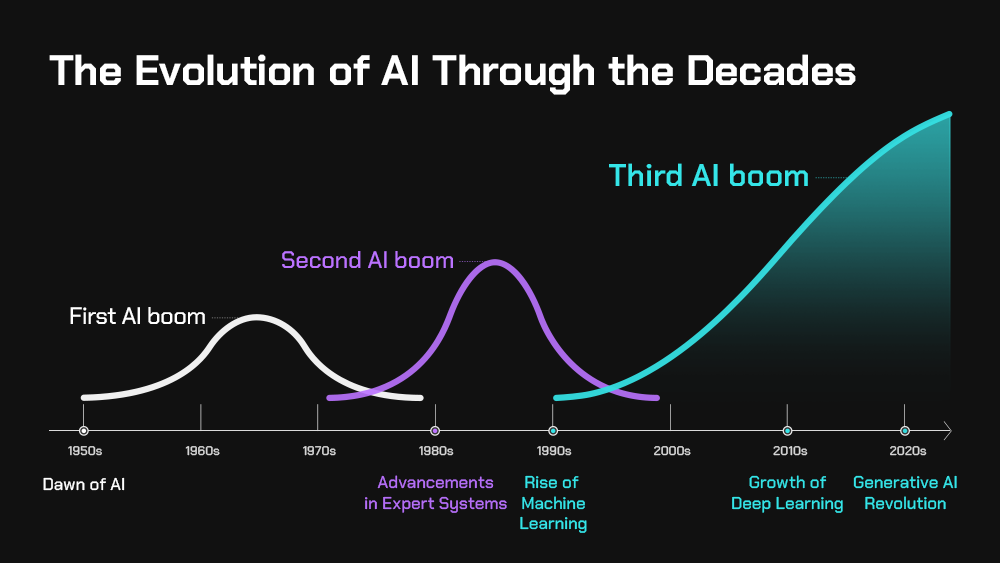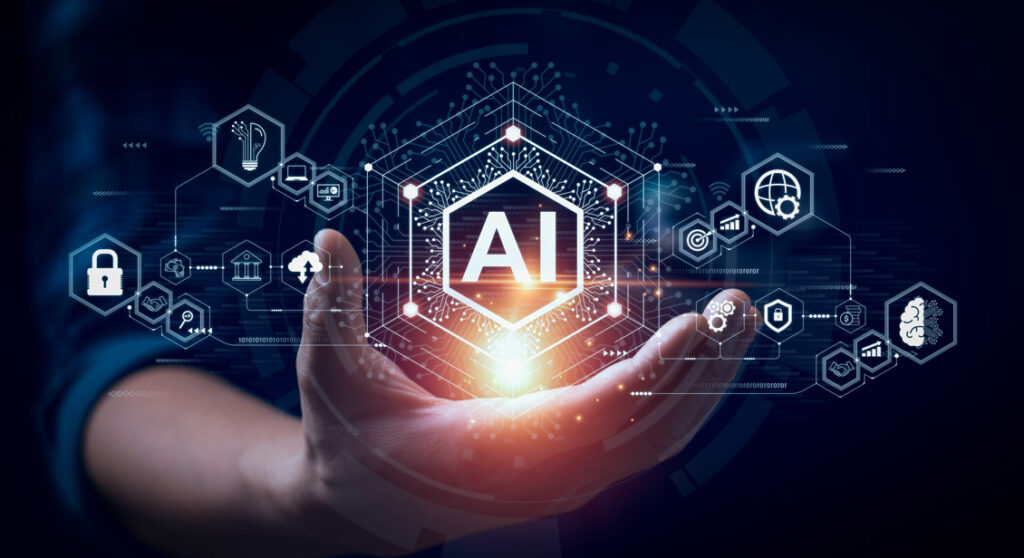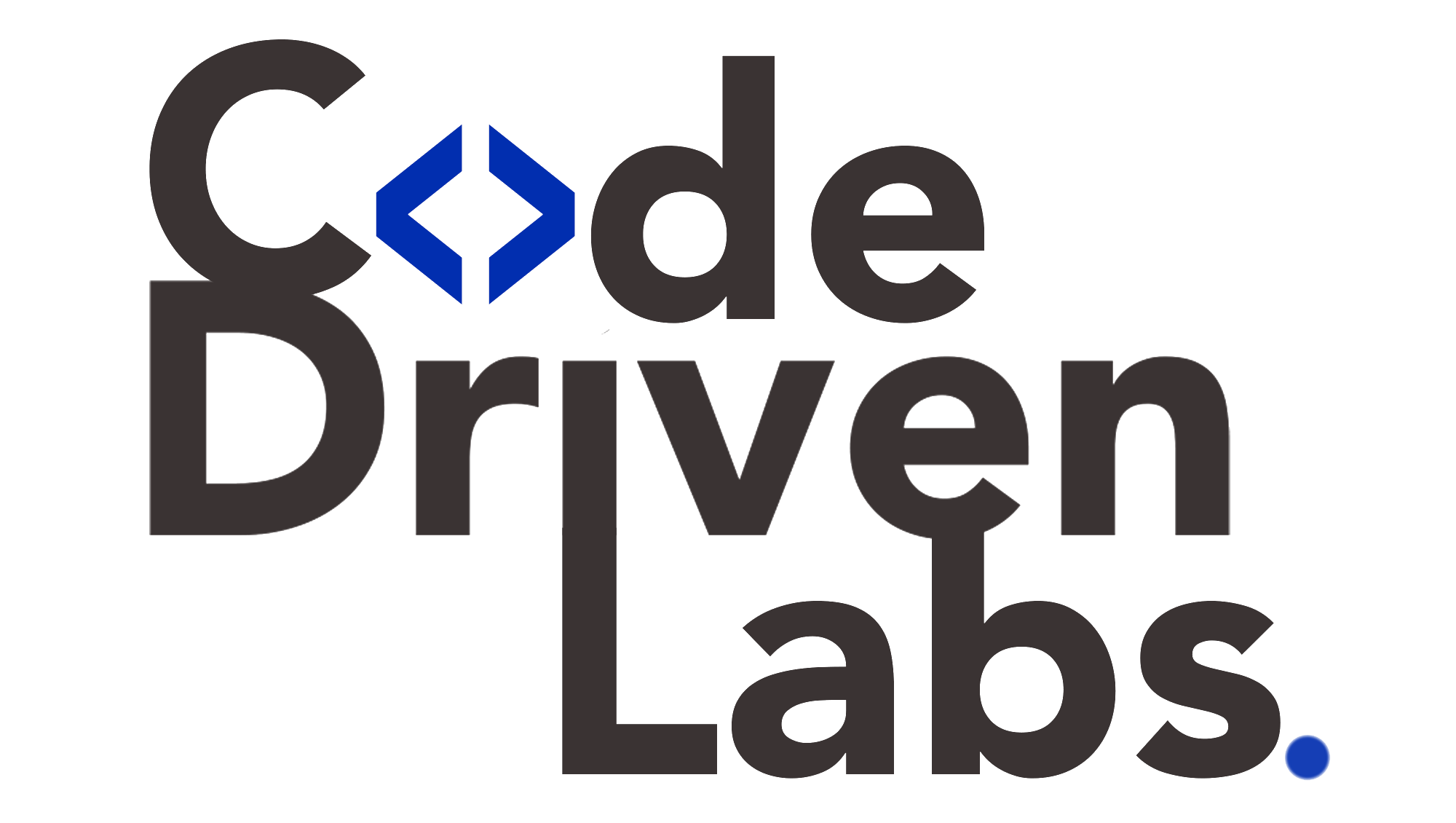Level up your business with US.
- Home
- The Journey of AI Evolution: Milestones and Future Prospects
The Journey of AI Evolution: Milestones and Future Prospects
July 3, 2025 - Blog
The Journey of AI Evolution: Milestones and Future Prospects
Artificial intelligence (AI) has come a long way from theoretical concepts to a driving force behind modern innovation. What began as a dream to build machines that think like humans has evolved into an industry revolutionizing nearly every aspect of our lives — from how we shop and work to how we communicate and receive healthcare.
Understanding AI’s journey not only offers insight into the technology’s profound impact but also provides a roadmap for where it’s headed next. This blog traces the evolution of AI from its early milestones to its current capabilities and explores future prospects that could redefine industries. Plus, we’ll show how Code Driven Labs helps businesses tap into the latest AI advances to build transformative solutions.

The Early Days of AI: Laying the Groundwork
AI’s roots stretch back to ancient myths of mechanical beings, but it became a scientific discipline in the mid-20th century.
-
1950: Alan Turing introduced the idea of machine intelligence with his seminal paper “Computing Machinery and Intelligence,” proposing the famous Turing Test to evaluate a machine’s ability to exhibit intelligent behavior.
-
1956: The term “artificial intelligence” was coined at the Dartmouth Conference, marking the birth of AI as a field of research. Early programs like the Logic Theorist (by Allen Newell and Herbert Simon) could prove mathematical theorems, sparking excitement.
-
1960s-1970s: AI pioneers developed programs like ELIZA (one of the first chatbots) and SHRDLU, which demonstrated natural language understanding in limited environments. However, progress was limited by the lack of computing power and data.
The AI Winters: Struggles and Setbacks
The early optimism around AI led to overblown expectations. When machines failed to deliver on grand promises, funding and interest declined — a period known as the AI Winter.
-
1970s & late 1980s: Limited hardware, expensive computing, and challenges like understanding context in language caused disillusionment. AI research stagnated, and many projects lost support.
The Rise of Machine Learning: A New Chapter
In the 1990s, AI experienced a revival, shifting from rule-based systems to data-driven approaches:
-
1997: IBM’s Deep Blue defeated world chess champion Garry Kasparov, showing that machines could solve complex problems with brute-force computation and domain-specific knowledge.
-
Early 2000s: Advances in statistical methods and greater availability of data fueled the rise of machine learning (ML), allowing algorithms to learn patterns from examples instead of relying solely on hand-coded rules.
The Deep Learning Revolution
AI reached a new milestone in the 2010s with the rise of deep learning, a subfield of ML using neural networks with many layers to automatically learn features from data.
-
2012: AlexNet, a deep convolutional neural network, won the ImageNet competition by a wide margin, demonstrating the power of deep learning for image recognition. This breakthrough ignited a surge of AI research and applications.
-
2016: Google DeepMind’s AlphaGo defeated Go world champion Lee Sedol, using deep reinforcement learning to master a game considered far more complex than chess.
-
2018-2020: Natural language processing (NLP) leaped forward with transformer models like Google’s BERT and OpenAI’s GPT series, making AI capable of understanding and generating human-like text at unprecedented levels.
Key Milestones Driving AI into the Mainstream
-
Voice Assistants: Amazon Alexa, Apple Siri, and Google Assistant popularized AI for everyday tasks like reminders, search, and smart home control.
-
Autonomous Vehicles: Companies like Tesla, Waymo, and Cruise advanced self-driving technology with AI-powered perception, planning, and control systems.
-
Healthcare AI: Models analyzing medical images now assist radiologists with early diagnosis, while predictive analytics help hospitals manage resources.
-
AI in Finance: Fraud detection, credit scoring, and algorithmic trading rely heavily on ML algorithms trained on massive datasets.
-
Generative AI: Tools like DALL·E and ChatGPT have shown how AI can produce human-quality images, conversations, and even code.
The Future of AI: What’s Next?
AI has already transformed industries, but its potential is only beginning to unfold. Here’s what lies ahead:
1. More Capable Multimodal Models
Future AI will combine images, text, audio, and video in a single model, enabling richer understanding of complex scenarios — like describing a video scene or generating new content across media types.
2. Explainable AI (XAI)
As AI becomes central to critical decisions in healthcare, finance, and justice, explainability will be vital. XAI research aims to make AI decisions transparent, helping humans understand how models reach conclusions.
3. Edge AI
Running AI on devices like phones, cameras, and wearables will unlock faster, privacy-preserving applications. Edge AI reduces reliance on cloud processing and enables real-time insights in healthcare, manufacturing, and autonomous systems.
4. Ethical and Responsible AI
Society increasingly demands AI systems that are fair, unbiased, and respect privacy. Regulation and research into ethical AI will shape how future systems are designed and deployed.
5. Generalist AI Systems
Companies are exploring AI agents that can perform a wide range of tasks, moving closer to artificial general intelligence (AGI) that adapts across contexts.
6. AI-Human Collaboration
AI won’t replace humans but will augment their capabilities. Co-pilot systems in design, programming, and decision-making will help people be more productive and creative.
How Code Driven Labs Helps You Leverage the Evolution of AI
AI’s journey isn’t just a story of technological progress — it’s an opportunity for businesses to innovate. But adopting AI effectively requires expertise in the latest techniques, tools, and ethical considerations. That’s where Code Driven Labs comes in.
Here’s how they help businesses harness AI’s potential:
1. AI Strategy and Consulting
They work with you to define where AI can create real business value, whether by automating processes, improving customer experiences, or uncovering new revenue streams.
2. Custom AI Model Development
Code Driven Labs builds models tailored to your data, goals, and industry. Their expertise spans deep learning, computer vision, NLP, predictive analytics, and more.

3. Data Engineering and Integration
Their team helps you prepare and manage data pipelines, ensuring your AI systems are trained on clean, high-quality data and integrated with your existing software.
4. Ethical and Responsible AI Practices
They embed best practices for fairness, privacy, and transparency into every AI project, helping you build trust with customers and comply with regulations.
5. AI Deployment and Monitoring
They deploy models in scalable, production-ready environments — on-premises, in the cloud, or at the edge — and set up monitoring to track performance and drift over time.
6. Continuous Innovation
AI evolves quickly. Code Driven Labs helps you stay ahead by iterating on models, incorporating new research, and adapting to shifting market demands.
Final Thoughts: Embrace AI’s Next Milestones
AI’s journey from theory to everyday applications has reshaped what’s possible in business and society. But the next phase — where AI becomes more capable, ethical, and collaborative — promises even greater impact.
Partnering with experts like Code Driven Labs ensures you don’t just follow AI’s evolution but actively use it to transform your organization. By combining technical excellence with strategic insight, they help you build AI solutions that are innovative, responsible, and aligned with your goals.
